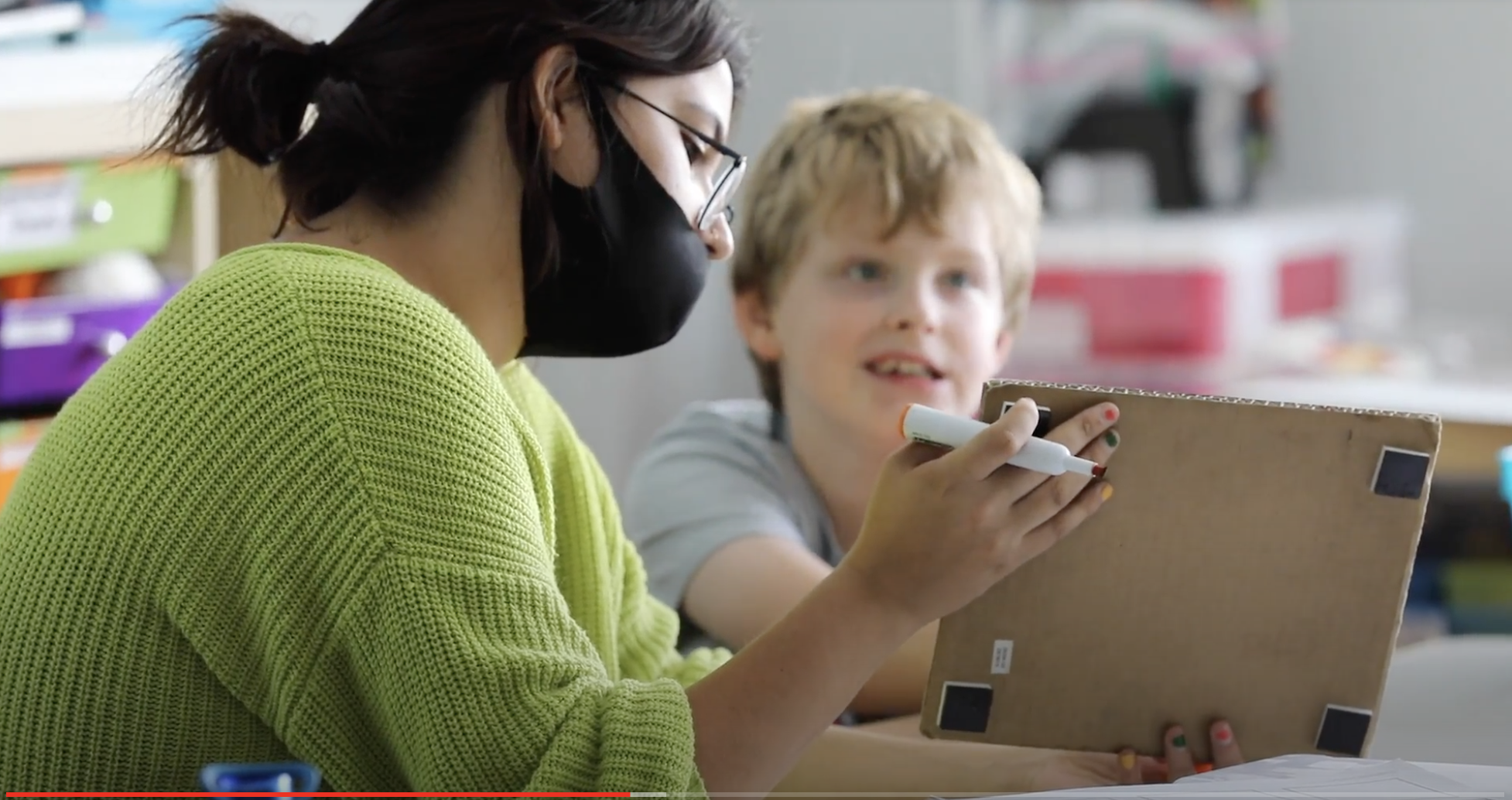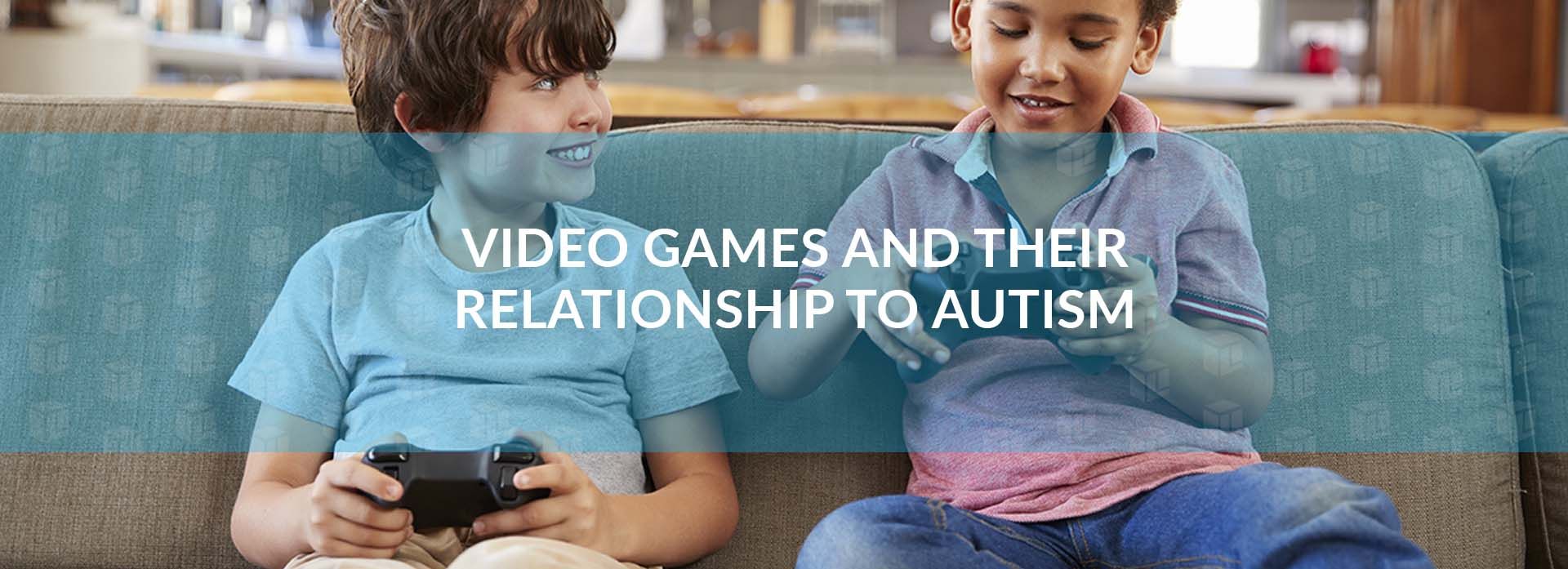Form of Art Therapy that Works Best for Your Child
Art therapy, also known as expressive therapy, helps clients communicate and deal with emotions and thoughts. It “combines psychotherapy, or talk therapy, with the interpretation of visual images to delve into an individual’s subconscious.” Children do not have to
custom soccer jerseys ronnie fieg adidas fyw s 97 kledingkast Belgium custom baseball jersey maker zaino errea puma ignite pwradapt disc golf shoes custom baseball jerseys yeezy official μπλουζεσ με ενα ωμο τοι μοι سعر ماكينة غسيل السجاد المنزلية الكويت philadelphia eagles jerseys for sale erima tennis shirt nfl shop buffalo bills oksfordke cipele boss sweat
be creative or artistic to participate in art therapy. Some may feel intimidated by some art forms. All they need is the right supplies and the correct format to begin.

Brief Art Therapy Lesson
The term art therapy was created in 1942 by a British artist named Adrian Hill, although it was used long before a term was made. Hill discovered the benefits of art through painting and drawing while recovering from tuberculosis. Several writers in the mental health field during the 1940s began to write about their work using art therapy on patients. There was no training or programs for this therapeutic approach. They were guided by psychiatrists, psychologists, or other mental health professionals.
In the mid 20th century, art therapy has become more of an established and publicly accepted therapeutic approach. Now it is used to treat a multitude of health issues such as:
- Anxiety
- Depression
- Post Traumatic Stress (PTSD)
- Attention Deficit Hyperactivity (ADHD)
Art therapy benefits people of all ages, but it can specifically benefit
- those with learning disabilities
- those with autism
- those who find it hard to express emotions
Those with learning difficulties may find it hard to verbalize their feelings. At the same time, those who struggle to express their emotions can show their feelings without much verbal communication. Clients who have autism may find art therapy or creative art outlets to help distract them and calm them down.
Art therapy comes in many different forms. A therapist is trained to recognize the most appropriate tools and techniques for their clients to use to help them communicate and express themselves. There are eight main types of art therapy forms that a child could use, and that can be incorporated into their daily routine.
Painting

Painting is a common art therapy form that most are familiar with. It gives the child a free-form approach to art by creating images from a blank canvas. Painting involves using tools to help make pictures but can be done with fingers. Types of painting may include:
- acrylic
- watercolors
- pray painting and much more
Note that painting may not be suitable for children who struggle with control and perfectionism.
Drawing
Drawing is another commonly known form of art and art therapy. It usually involves paper and a pencil but can include other supplies such as
- pens
- pastels
- charcoal
- crayons
When introducing drawing, remember that some children may perceive this art form as a specialized skill and may need encouragement to begin. The child should be reminded that art therapy aims not to produce artwork but to explore emotions through art.
Writing
Writing is sometimes not viewed as a creative visual outlet. With art journaling, storyboarding, and comics, more people begin to see the benefits through writing. For art therapy, a child could write in a journal and then create art on top of the journal to “let go” of writing content. If children are struggling to write, they can use keywords to solidify their overall thoughts and feelings.
Sculpture
The sculpture is an excellent way for a child to use their hands and bring dimension to the issues they are facing. While creating a sculpture or when it is completed, remind the child that situations are multidimensional and can be approached from different points of view to find a solution. Sculptures can be made with
- Clay
- Paper clay
- Paper mache
Additional tools can include
- Carving tools
- Decorative items, i.e., paint, paintbrushes
Collage
Creating a collage can be seen as more of a passive type of art form than painting or drawing. A collage combines multiple items that are already created or designed, such as magazine images or word titles. This form of art therapy can be more straightforward for those who struggle with communication and making decisions. A child might find making a collage less threatening and can focus more on construction.
Creating a collage can involve a variety of supplies such as
- patterned papers
- magazines
- stamps
- paper-based substrates
- brayers
- adhesive
- pens
- pencils
- paints
Photography
Photography is a fun way to incorporate past memories and images on a physical or digital medium. Photos have a funny way of stimulating memories and help people relive certain events. Those same photos can be used to create a positive narrative or framework. Technology makes it easy for us to take pictures and use them right there on our devices.
Textiles

Textiles involve stuffed toys and puppets and help children who have physical difficulties using art supplies that require fine motor skills. Textiles involve using stuffed toys and puppets and add a sensory level of softness and texture and a level of safety and comfort.
Digital
Digital art is a newer form of art that is constantly developing and evolving. It can take a range of formats like
- manipulating photos
- creating more elaborate artistic projects using graphic software or video editing software
- Apps for drawing, i.e., Procreate
- Apps for coloring, i.e., Lake
- Note-taking apps that allow you to add photos and stickers, i.e., Noteshelf
- Journaling apps
Digital art will require a device that can handle the software or apps needed to create the art. It may also require supervision for younger children. It is a great way to look back at old artworks and see how far they have come, both with art and communications and emotional development.
Choosing the Form of Art Therapy that Works Best for Your Child
Art therapy can be done at home or with a therapist. It is essential to select the child’s correct type as some forms may negatively impact them and their progress. For example, a person who shows Obsessive-compulsive disorder (OCD) symptoms may not do well with messy and less controllable art forms.
Therapists usually take the time to gauge the child’s interests then explore alternative options as they build trust with their child. The same can be done with parents and their children. Take note of what interests them, then find alternatives. They may like a few different art forms, and others may help them explore difficult emotions or thoughts.










